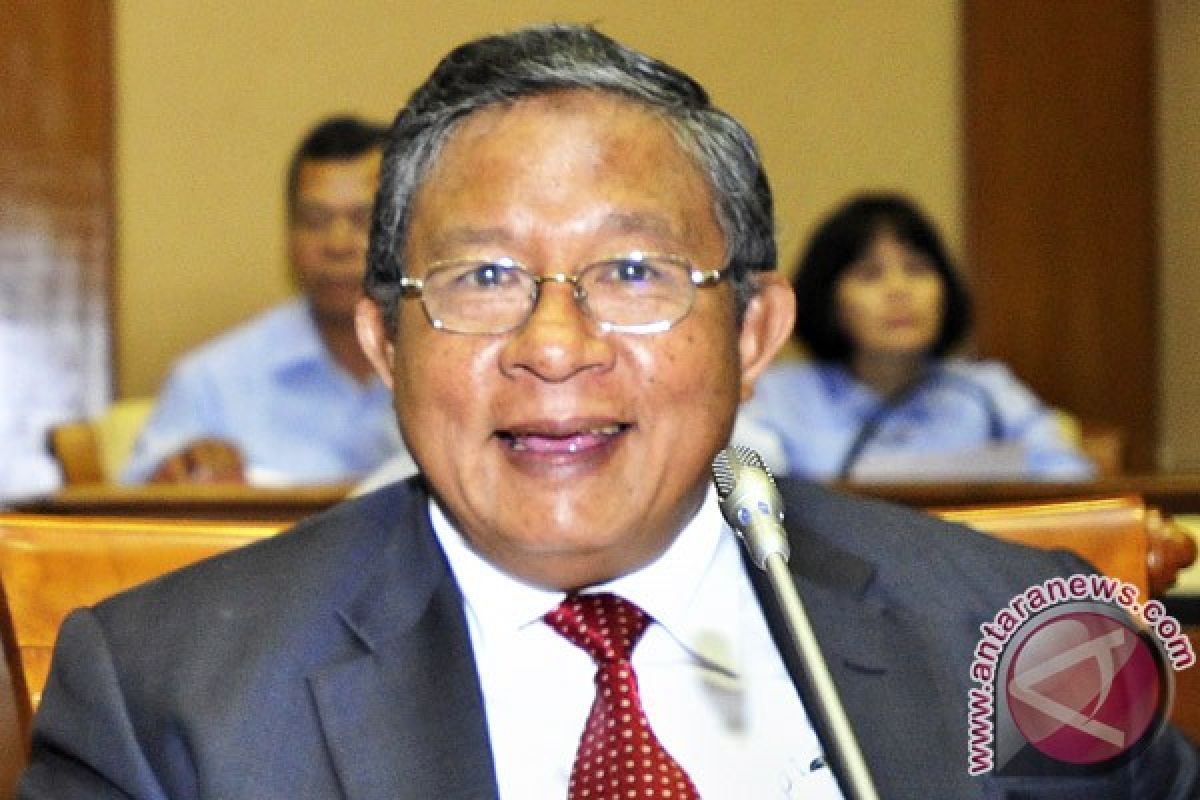The new system involves regulation of bank capital, governance by limiting holdings, licensing of bank activities and products, and licensing requirements for the opening of bank offices.Jakarta (ANTARA News) - Bank Indonesia will soon implement a multi-licence system for banks in order to improve the national banking industry, according to the central bank`s governor, Darmin Nasution.
"As the system has so far been effective in several other Association of Southeast Asian Nations (ASEAN) countries, it is now time to implement the policy," he said here on Thursday.
The new system involves regulation of bank capital, governance by limiting holdings, licensing of bank activities and products, and licensing requirements for the opening of bank offices.
Darmin said banks in several countries were required to adjust the coverage of their products and activities according to their grouping. The banks also needed to have a licence to develop and use certain products or carry out specific activities.
So a bank that wishes to continue with its present products and activities as per its coverage must cover its capital shortage within a specified period.
Darmin noted the regulatory improvement did not mean the national banks had met the ASEAN Banking Integration targets for 2020, because a lot of things had yet to be in place, especially with regard to operational competitiveness.
He said one of the measures of competitiveness was net interest margin (NIM). The NIM of Indonesia's banks was still wide enough at 5.44 percent, compared with Thailand's 3.41 percent and Malaysia's 2.61 percent.
"Therefore, it is not surprising that the rate of return of assets in the 14 big banks in Indonesia reaches 2.46 percent, which is the highest among the five ASEAN members. The ROA rate of all banks in the country reaches 3.03 percent. This has made Indonesia a lucrative market for foreign banks," Darmin added.
He stated the banks` contribution to the national economy was not satisfactory, because the bank-credit-to-GDP ratio in the country was only 29.6 percent, which was far below that of Thailand's 90.6 percent and Malaysia's 116.1 percent.
"Such low ratio should have opened a big opportunity for our banks to contribute to the national economy. Do not forget the total Indonesian population is 40 percent of total ASEAN population, which is almost 600 million people," Darmin said.
Such conditions also open up potential opportunities for banks to drive the development of small and medium businesses, which have proven to be resilient during the global crisis.
By March 2012, the share of small and medium businesses in total bank credit had only reached 20.8 percent, and their growth was just 17.4 percent year-on-year.
"The challenge is how to reduce the interest rate for the small and medium businesses, which is still too high," Darmin added.(*)
Editor: Heru Purwanto
Copyright © ANTARA 2012











